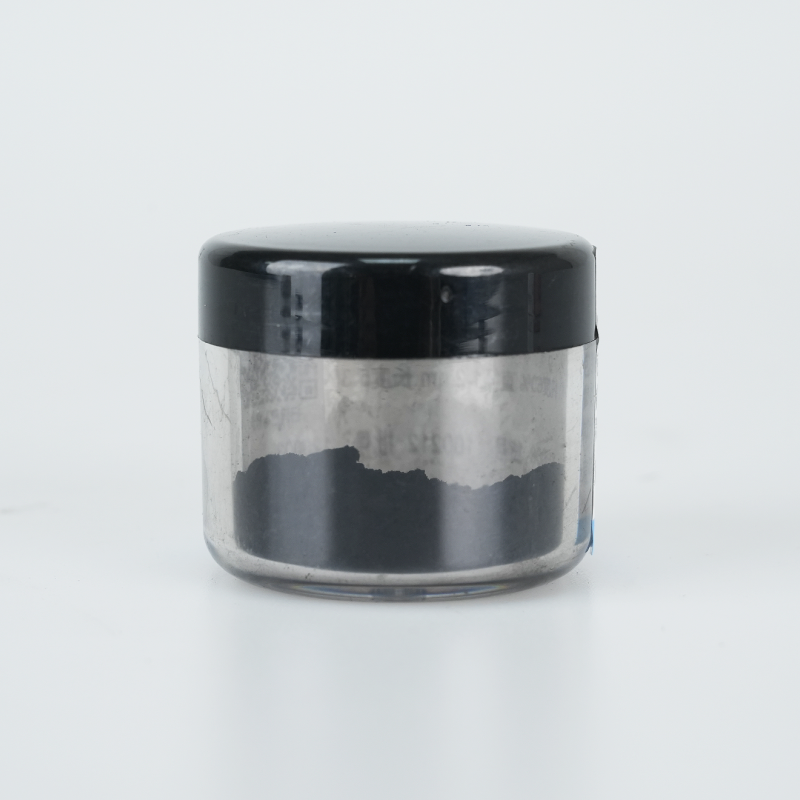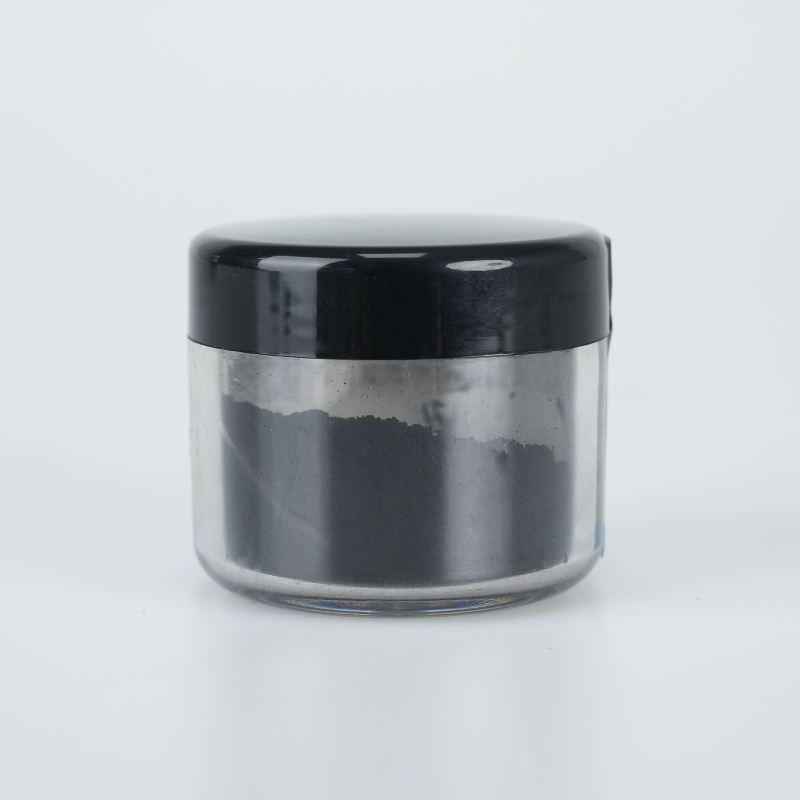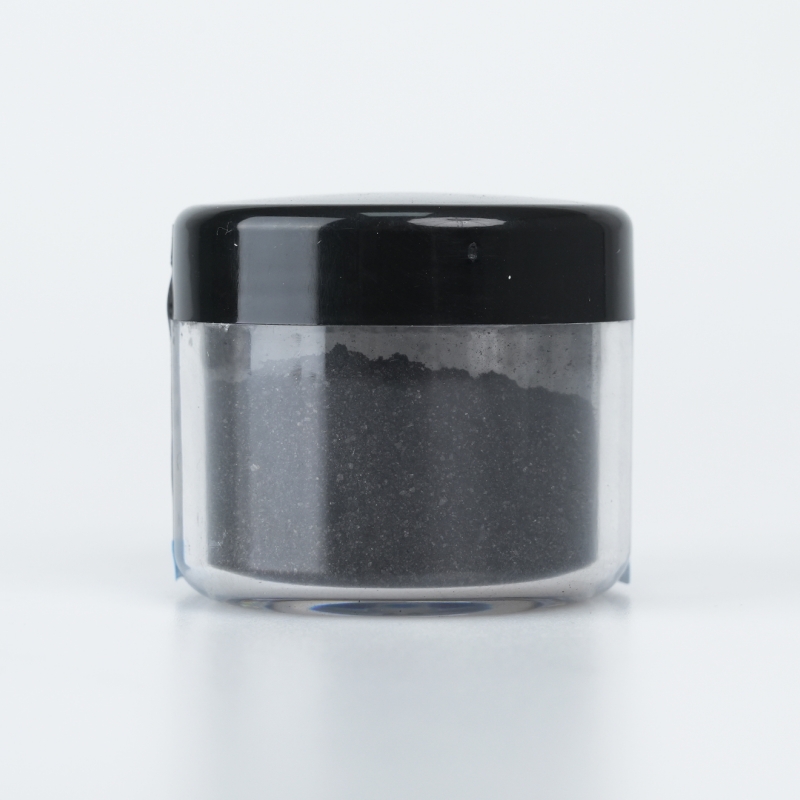Gas-phase silica provides optimized particle uniformity, superior dispersibility, and enhanced thermal stability. Designed for coatings, adhesives, and high-performance industrial formulations, it ensures precise structural integrity, extended durability, and excellent adaptability.
Product Overview
Gas-phase silica is an important high-tech ultra-fine inorganic material, primarily produced through chemical vapor deposition (CVD) methods. The raw materials typically include silicon tetrachloride, oxygen (or air), and hydrogen, reacting at high temperatures to produce silica. Depending on the surface characteristics, gas-phase silica can be categorized into hydrophilic and hydrophobic types. This product is hydrophilic and is widely used in industries such as rubber, coatings, plastics, and inks.
Key Features
- Chemical Inertness:Exhibits chemical stability and is resistant to reactions with other substances, ensuring durability.
- Surface Hydroxyl Groups:Contains silanol (Si-OH) groups and siloxane linkages on its surface, allowing for chemical bonding with other materials, enhancing performance.
Applications
- Rubber Industry:Used as a reinforcing agent for silicone rubber, significantly improving tensile strength, tear resistance, and wear resistance of rubber products.
- Coatings Industry:Acts as a thickening agent for unsaturated resins and as a dispersing agent to prevent settling, sagging, and enhance viscosity in coatings.
- Plastics Industry:Serves as a filler in plastics, enhancing mechanical properties and processing characteristics.
- Ink Industry:Functions as a thickening agent to improve the thixotropic behavior and stability of inks.
- Other Industries:Used as a soft polishing agent for metals, insulation fillers, fillers in high-end cosmetics, spray coatings, and in pharmaceuticals, environmental protection, and as a catalyst carrier.
| Parameter | Value |
| Appearance | White powder |
| SiO₂ Content | ≥99.8 |
| Surface Area | ~230.15 m²/g |
| pH Value | 3.9-4.5 |
| Loss on Drying | ≤2.0% |
| Loss on Ignition | ≤2.0% |
| Bulk Density | 40-60 g/L |
| Reference Standard | GB/T 20020-2013 |
| Remarks | BET data is based on a single measurement, fluctuation between batches is allowed. |
Submit Your RequirementsWe will contact you within 24 hours.
 WOBO Scientific Research New Materials One-Stop Service Platform
WOBO Scientific Research New Materials One-Stop Service Platform










